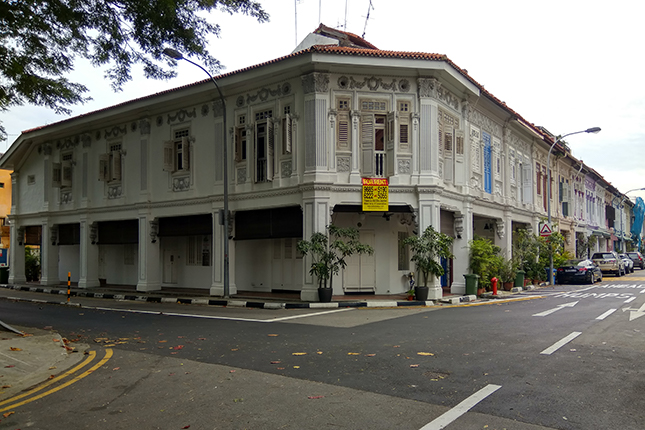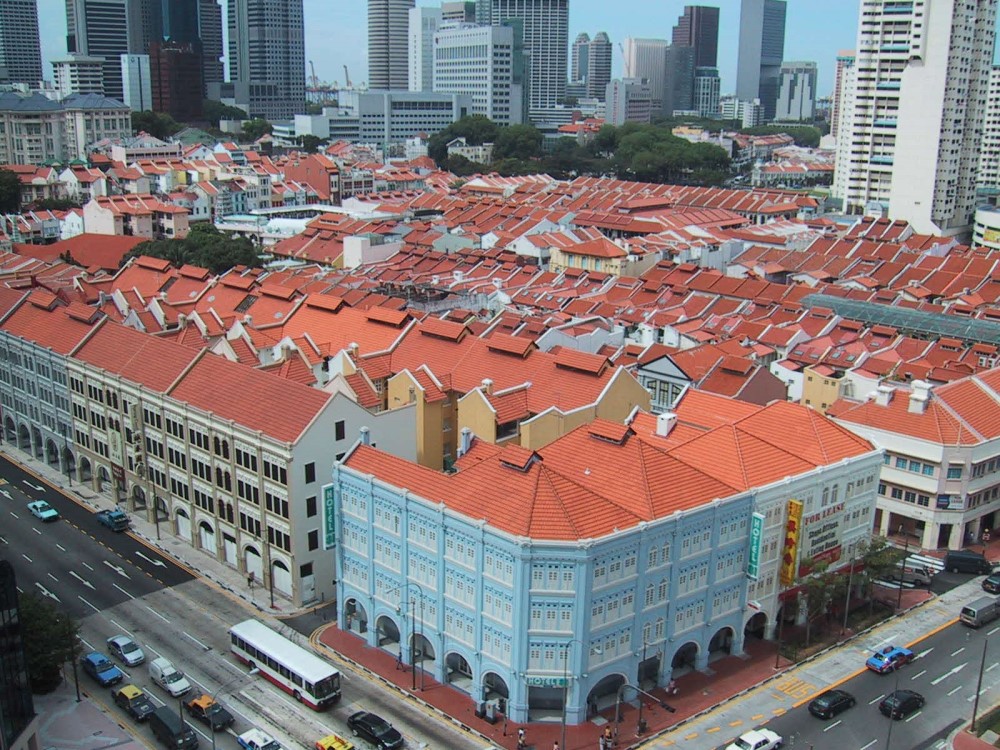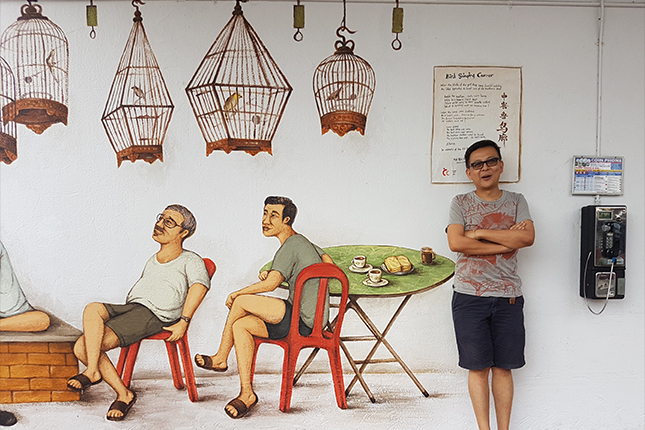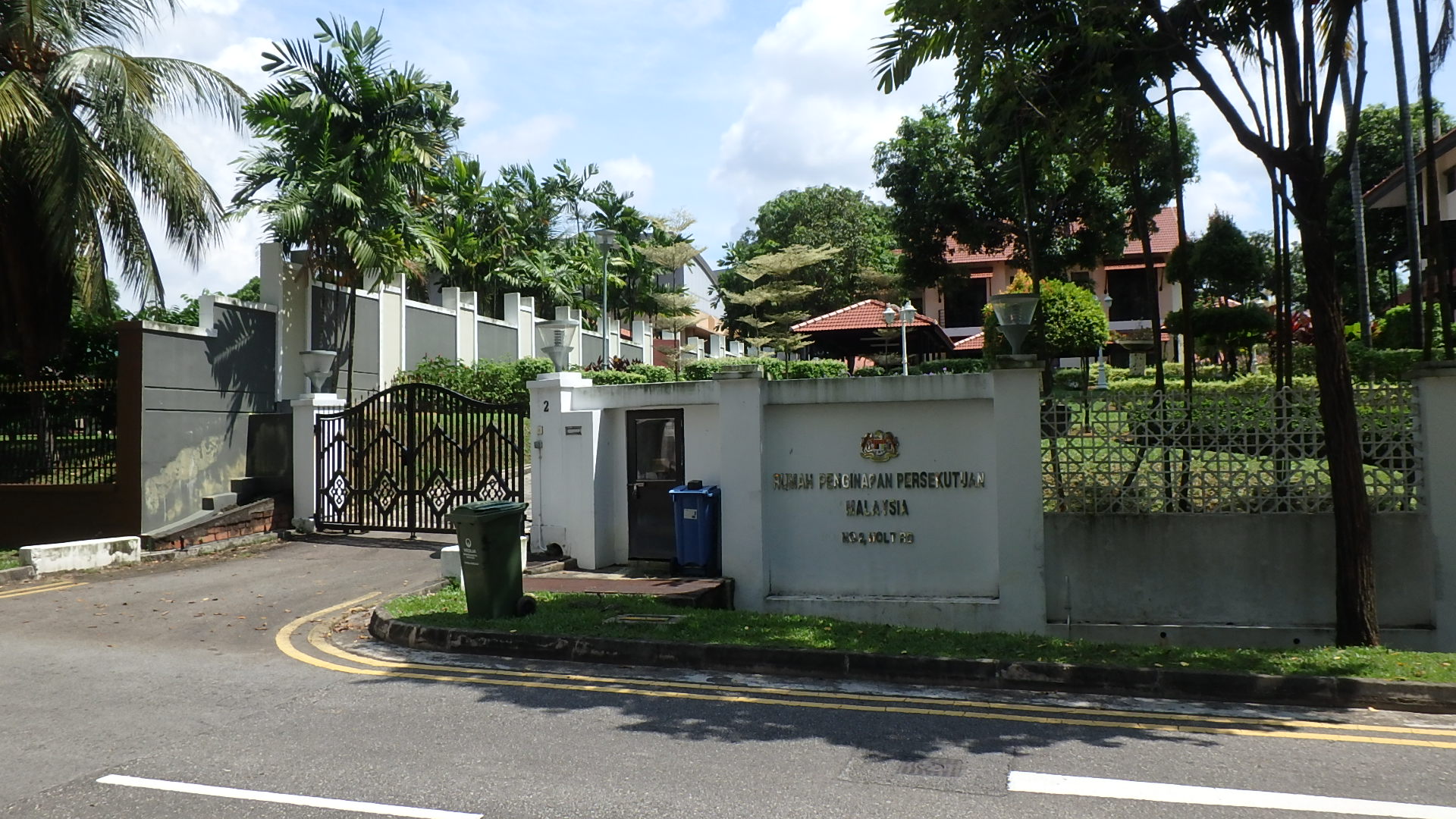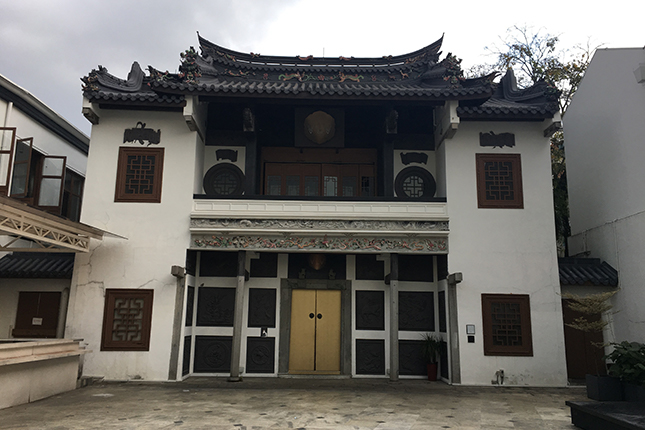As part of Singapore’s tangible history, the Blair Plain conservation area was gazetted on 25 October 1991 to conserve the two-and three-storey shophouses and terrace houses.
The area was developed before the end of the 19th century, where detached bungalows were built. These bungalows were later redeveloped, and the land was subdivided into urban residential terraces. Further urbanisation took place from the 1900s, and Blair Road came into existence. It was named after John Blair, a senior officer with the Tanjong Pagar Dock Company, who owned land in the area and had a substantial house near the port.
With the passing of time and accumulation of wealth, more ornately decorated buildings were constructed along Blair, Neil and Everton Roads. This was due to increasing demand from well-to-do merchant families as they sought new homes in more reputable areas. Warehouses and port facilities in this area flourished when the Tanjong Pagar Railway Station was completed in the 1930s, which enabled easier movement of goods and people between the two modes of transportation.
What makes Blair Road so unique is that the houses were built with vastly different architectural styles. The terrace houses reflect an eclectic mixture of Chinese, Malay, and European design elements. For example, the timber fretwork of the roof eaves, the French windows and batwing-shaped air vents. The shophouses can be identified by its simple architectural design, with single window openings on the second-storey front façade.
The Blair Plain conservation area has witnessed Singapore’s growth as a nation, experienced the effects of trade and globalisation, and continues to stand tall despite its stature.
This is a conserved building(s) by the Urban Redevelopment Authority (URA), please visit URA’s Conservation Portal for more details.
Buildings and sites featured on Roots.SG are part of our efforts to raise awareness of our heritage; a listing on Roots.SG does not imply any form of preservation or conservation status, unless it is mentioned in the article. The information in this article is valid as of October 2019 and is not intended to be an exhaustive history of the site/building.




